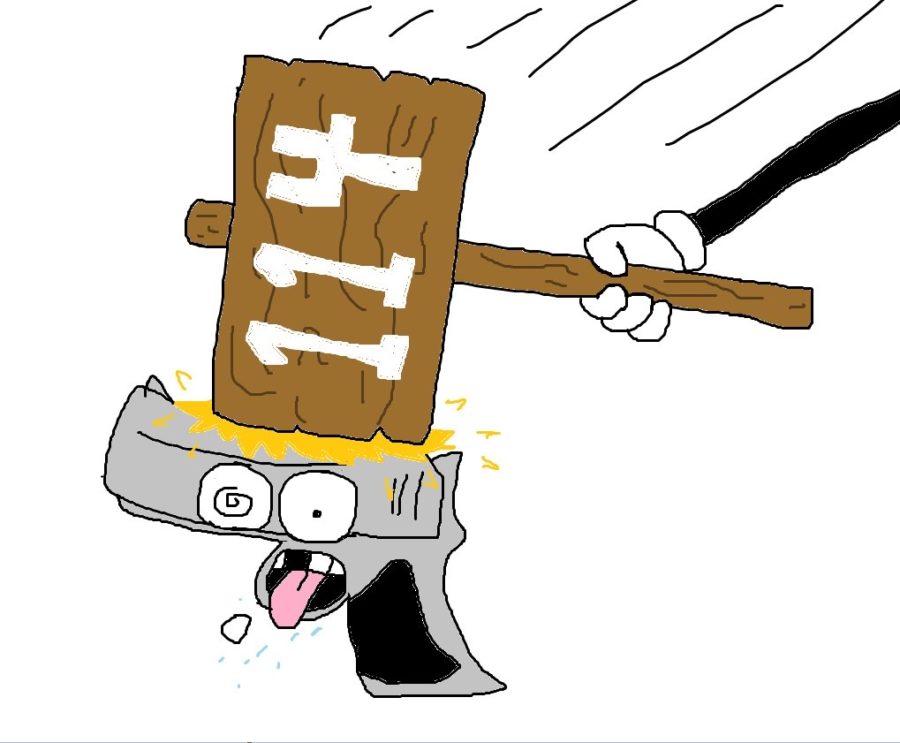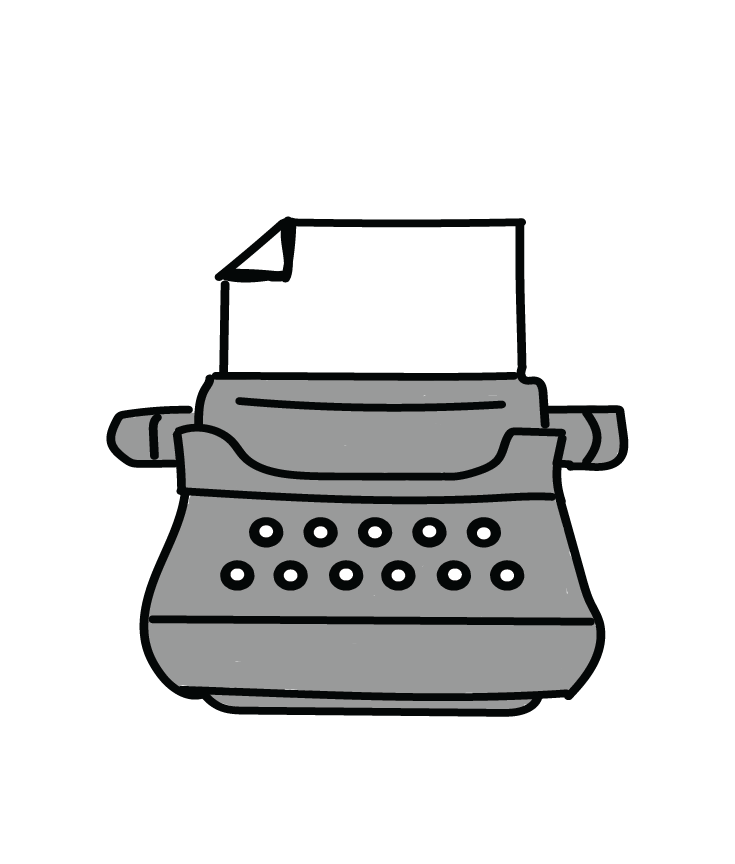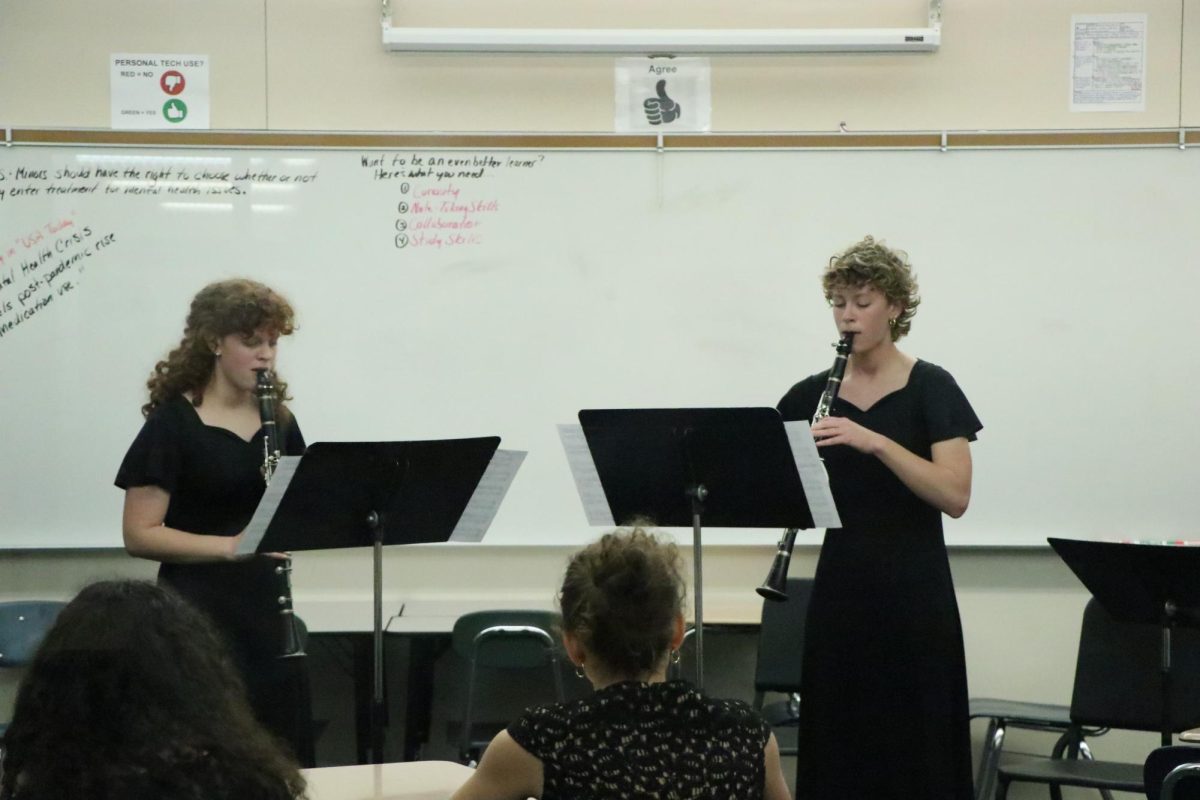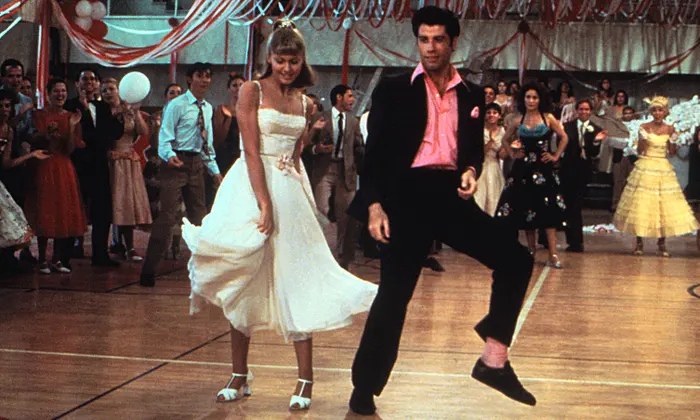Review: ‘The Black Saint and the Sinner Lady’
Charles Mingus’ classic jazz album, “The Black Saint and the Sinner Lady” turns 60 years old this year.
If you like this album and you want to hear more albums by Mingus, check out “Mingus Ah Um,” and “Mingus Mingus Mingus Mingus Mingus.”
Chaotic drums, ominous horns, and swelling arrangements collide in this wonderful and innovative jazz masterpiece. Recorded in New York City in 1963, “The Black Saint and the Sinner Lady” is widely considered to be Charles Mingus’ defining record. The instrumentation on this album is packed to the brim with emotion. The importance of jazz to modern music can’t be understated. Numerous unique genres spawned from jazz’s influence such as bebop, swing, and third stream. It’s sad to see that a great deal of these classic albums are overlooked nowadays because jazz is commonly treated as ‘old people music’ by most mainstream audiences. This album is a great introduction to jazz music for a first-time listener.
Mingus was an American jazz composer, bandleader, bassist, and pianist. He began playing music in 1943 and was well known for pioneering experimental big band style jazz. “The Black Saint and the Sinner Lady” was written and recorded shortly after the most disastrous concert arguably in Mingus’ entire career. The New York Town Hall performance by Mingus and his band in October 1962 was tarnished by a tight deadline, an unprepared band, terrible organization and audio balance. The end of the concert resulted in the police getting called to try to control the angry, unsatisfied audience. However, one member of the audience was satisfied with this performance, and that person was Bob Thiele. Thiele was a producer for Impulse Records, and he offered a recording contract to Mingus after the show.
Jazz can come in different styles and moods. Jazz can be quiet and subdued, harsh and minimal, or electronic in nature. “The Black Saint and the Sinner Lady” goes from sounding loud and angry like a traffic jam in a national highway, to quiet and sorrowful like the aftermath of a war battle. The album is interesting, being that it is written in a long continuous composition, although it is broken up into several sections, mostly for the track listing. The basis for the album was taken from a piece that Mingus had written while at Village Vanguard, a jazz club in New York City. When Mingus and the band went back to the recording studio, they expanded it to the length of an album. The instrumentals cycle through highs and lows and repeat various progressions to call back to previous parts of the composition. Interestingly, the album was also originally written as a ballet. The names of the tracks mention different modes and numbers of dancers. For example there’s “Track A – Solo Dancer,” and “Mode D – Trio and Group Dancers.” The album is very precise and calculated and overall coherent.
Multiple different instruments are used such as trumpet, piano, trombone, saxophone, flute, classical guitar, double bass, and drums. The overall composition offers plenty of variety and all the instruments get their chance to shine on the album. The only real criticism I have is that I feel like the guitar could’ve been used more. When it does show up in the album, it’s usually isolated from all the other instruments but it is memorable. The studio mix is very good. All the instruments are very audible and the recording sounds full and clear despite its age.
If you’re a fan of jazz, this album is an essential listen. If you want to get into jazz, this is a great album to start with. If you like this album and you want to hear more albums by Mingus, check out “Mingus Ah Um,” and “Mingus Mingus Mingus Mingus Mingus.” Other artists like Miles Davis, John Coltrane, Dave Brubeck, Duke Ellington, Thelonious Monk, and Ornette Coleman are great jazz artists as well.
Opening your ears to jazz is great for expanding your musical horizons. It’s quite different from most other genres and it adds a different perspective to how you perceive compositions. If you’re interested in writing music, taking influence from jazz will add a unique vibe to your songs.
Rating: 9.8 / 10
“The Black Saint and the Sinner Lady” is available on streaming platforms like Spotify, Apple Music, and Amazon Music. It’s also readily available on vinyl.
Your donation will support the student journalists of West Linn High School. Your contribution will allow us to continue to produce quality content by purchasing equipment, software, and continuing to host our website on School Newspapers Online (SNO).






























































![At the bottom of the third inning, the Lions are still scoreless. Rowe stands at home plate, preparing to bat, while Vandenbrink stands off to the side as the next batter up. Despite having the bases loaded, the team was unable to score any runs. “It’s just the beginning of the season. We’re just going to be playing out best by June, [and] that’s where champions are,” Rowe said.](https://wlhsnow.com/wp-content/uploads/2024/03/IMG_3077-1200x900.jpg)







































![All smiles. The group poses for a photo with last year’s book, “This is Our House,” along with their award for third Best in Show. Meikle, who was an Editor-in-Chief for the yearbook last year as well, holds both and stands at the center of the group. “That was an amazing feeling, going and grabbing the third place award,” Meikle said. “All of it paid off. I cried so much over that book, being able to receive [the award] was one of the highlights of my high school career, it was like the coolest thing ever.”](https://wlhsnow.com/wp-content/uploads/2024/11/8bookpose_philly-1200x800.jpg)




















